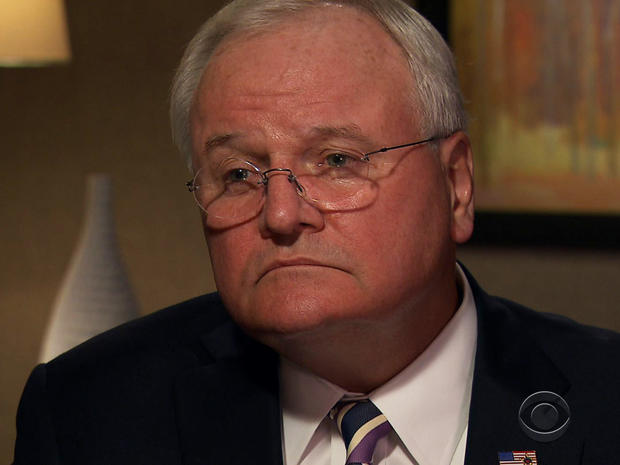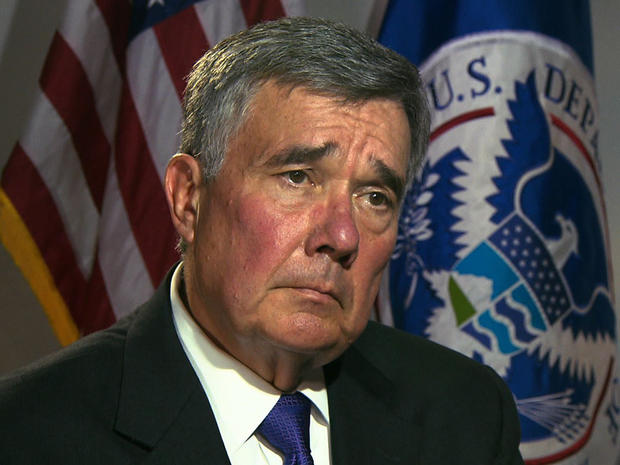Border Patrol killings face renewed scrutiny
DALLAS -- Drug shootings are common along the border. But 16-year-old Jose Antonio Elena Rodriguez was not gunned down by Mexican criminals. He was shot eight times in the back by a U.S. border patrol agent who fired from behind this fence.
"What were they doing?" a Mexican dispatcher asked.
"They were throwing rocks," a border patrol agent told her.
But other witnesses said Rodriguez was just walking by.
Since 2010, 28 people have died at the hands of border patrol agents.
Reviewing those fatal force cases was part of Jim Tomsheck's job as head of internal affairs for Customs and Border Protection
"I am familiar with several incidents where the persons appeared to be fleeing and were shot in the back or the side at some distance from the border patrol agent when the shots were fired," said Tomsheck.
He calls seven of those shootings "highly suspect." But he told CBS News his bosses ignored his concerns and he did not have authority to punish agents. He was reassigned in June.
"There were certainly many cases where border patrol agents or certainly CBP officers engaged in excessive use of force or abuse of migrants at the border that should have resulted in discipline where it did not," Tomsheck says.
One of those not disciplined is the agent who shot Rodriguez. He remains on the job.
Rodriguez was one of 12 reportedly unarmed people shot by border agents. Autopsies on three of them show they were shot in the back, or the back of the head.
Gil Kerlikowske is the new commissioner of Customs and Border Protection.
When asked if he was willing to admit the number of shootings is too high, he replied, "I'm willing to say that I am more than open ... to look at all of these cases. ... Those that haven't been adequately answered or that the questions are left, need to be resolved."
Kerlikowske blames problems with investigations in part on what he calls "antiquated" computer systems.
"We have trouble tracking the complaint numbers because the systems were put together from a variety of agencies," says Kerlikowske.
Customs and Border Patrol receives $13 billion each year. Kerlikowske admits some of that money could have been used to fix the system to track the complaints.
Kerlikowske's agency is now reviewing 67 excessive force cases including the Rodriguez shooting.
The Rodriguez family recently had filed papers to learn the name of the officer that killed their son.


